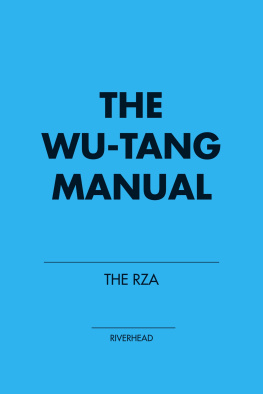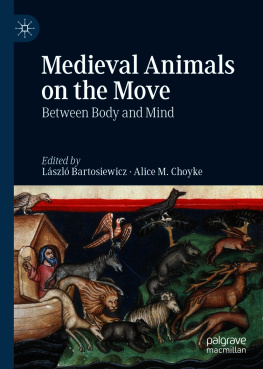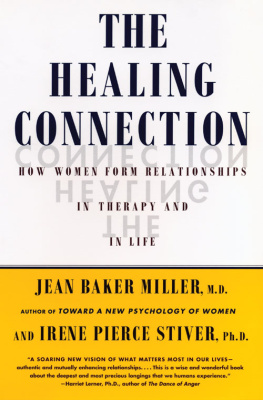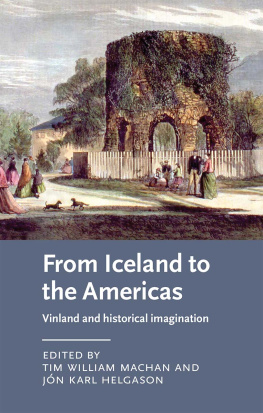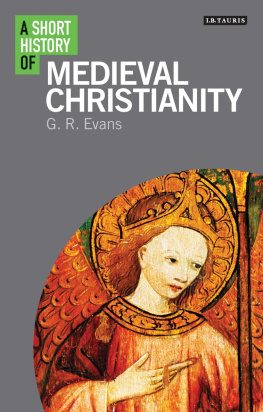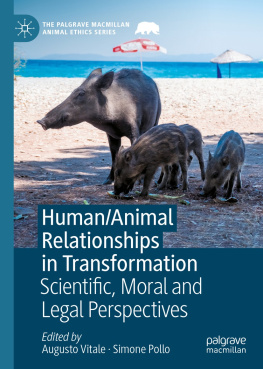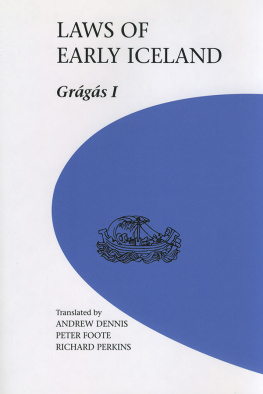Harriet Jean Evans Tang - Animal-Human Relationships in Medieval Iceland
Here you can read online Harriet Jean Evans Tang - Animal-Human Relationships in Medieval Iceland full text of the book (entire story) in english for free. Download pdf and epub, get meaning, cover and reviews about this ebook. year: 2022, publisher: Boydell & Brewer, genre: Home and family. Description of the work, (preface) as well as reviews are available. Best literature library LitArk.com created for fans of good reading and offers a wide selection of genres:
Romance novel
Science fiction
Adventure
Detective
Science
History
Home and family
Prose
Art
Politics
Computer
Non-fiction
Religion
Business
Children
Humor
Choose a favorite category and find really read worthwhile books. Enjoy immersion in the world of imagination, feel the emotions of the characters or learn something new for yourself, make an fascinating discovery.

- Book:Animal-Human Relationships in Medieval Iceland
- Author:
- Publisher:Boydell & Brewer
- Genre:
- Year:2022
- Rating:3 / 5
- Favourites:Add to favourites
- Your mark:
- 60
- 1
- 2
- 3
- 4
- 5
Animal-Human Relationships in Medieval Iceland: summary, description and annotation
We offer to read an annotation, description, summary or preface (depends on what the author of the book "Animal-Human Relationships in Medieval Iceland" wrote himself). If you haven't found the necessary information about the book — write in the comments, we will try to find it.
Animal-Human Relationships in Medieval Iceland — read online for free the complete book (whole text) full work
Below is the text of the book, divided by pages. System saving the place of the last page read, allows you to conveniently read the book "Animal-Human Relationships in Medieval Iceland" online for free, without having to search again every time where you left off. Put a bookmark, and you can go to the page where you finished reading at any time.
Font size:
Interval:
Bookmark:
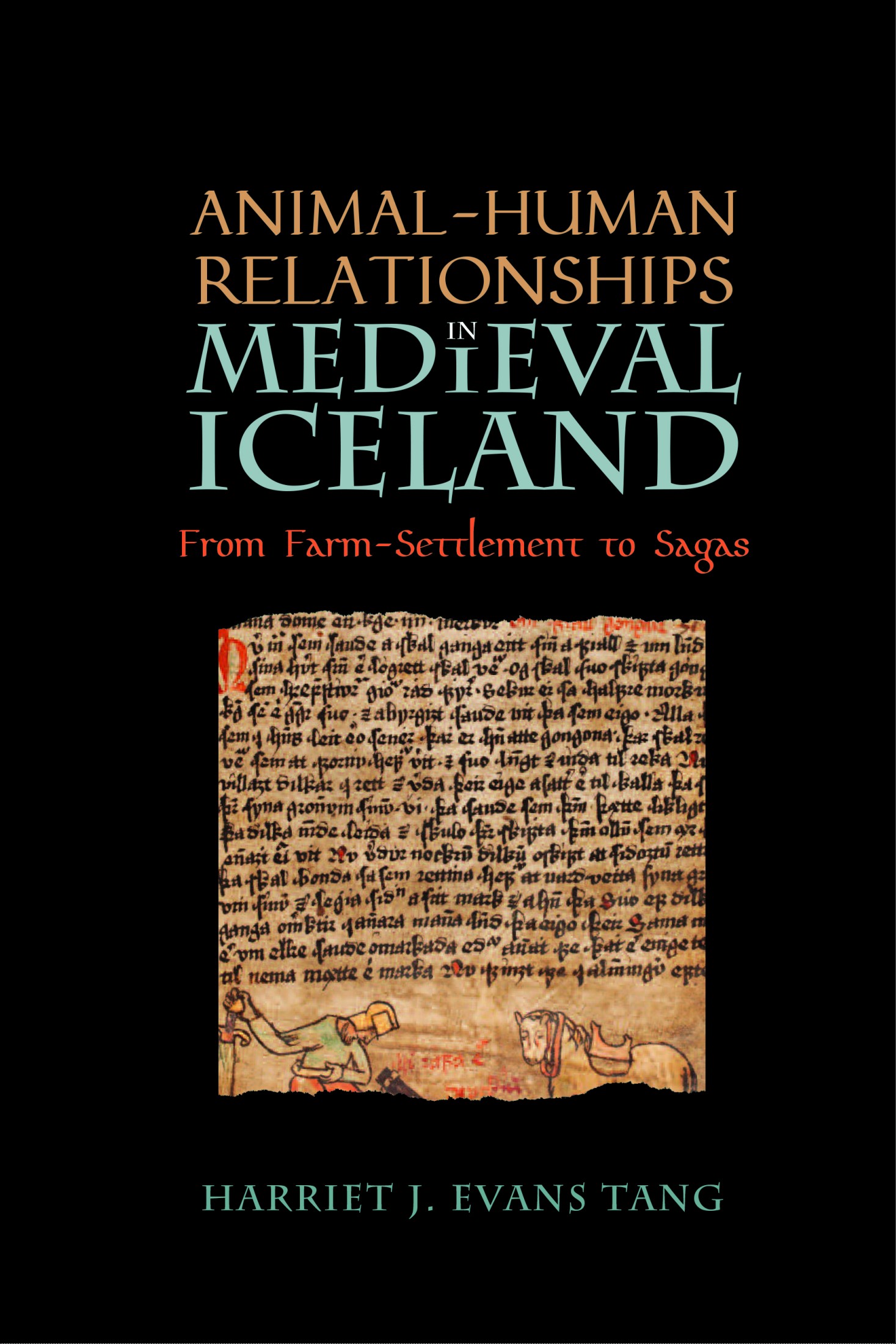
Animal-Human Relationships in Medieval Iceland
Nature and Environment in the Middle Ages
ISSN: 2399-3804 (Print)
ISSN: 2399-3812 (Online)
Series Editor
Michael D.J. Bintley
Editorial Board
Jennifer Neville
Aleks Pluskowski
Gillian Rudd
Questions of nature, the environment and sustainability are increasingly important areas of scholarly enquiry in various fields. This exciting new series aims to provide a forum for new work throughout the medieval period broadly defined (c.4001500), covering literature, history, archaeology and other allied disciplines in the humanities. Topics may range from studies of landscape to interaction with humans, from representations of nature in art to ecology, ecotheory, ecofeminism and ecocriticism; monographs and collections of essays are equally welcome.
Proposals or enquiries may be sent directly to the series editor or to the publisher at the addresses given below.
Dr Michael D.J. Bintley, Department of English and Humanities, School of Arts, Birkbeck, University of London, 43 Gordon Square, London, WC1H 0PD
Boydell & Brewer, PO Box 9, Woodbridge, Suffolk, IP12 3DF
Animal-Human Relationships in Medieval Iceland
From Farm-Settlement to Sagas
Harriet J. Evans Tang
D. S. BREWER
Harriet J. Evans Tang 2022
All Rights Reserved. Except as permitted under current legislation
no part of this work may be photocopied, stored in a retrieval system,
published, performed in public, adapted, broadcast,
transmitted, recorded or reproduced in any form or by any means,
without the prior permission of the copyright owner
The right of Harriet J. Evans Tang to be identified as
the author of this work has been asserted in accordance with
sections 77 and 78 of the Copyright, Designs and Patents Act 1988
First published 2022
D. S. Brewer, Cambridge
ISBN 978 1 84384 643 7 (hardcover)
ISBN 978 1 80010 649 9 (ePUB)
D. S. Brewer is an imprint of Boydell & Brewer Ltd
PO Box 9, Woodbridge, Suffolk IP12 3DF, UK
and of Boydell & Brewer Inc.
668 Mt Hope Avenue, Rochester, NY 14620-2731, USA
website: www.boydellandbrewer.com
A catalogue record for this book is available
from the British Library
The publisher has no responsibility for the continued existence or accuracy of URLs for external or third-party internet websites referred to in this book, and does not guarantee that any content on such websites is, or will remain, accurate or appropriate
Cover image: A man bowing to his horse (AM 147 4to f.56r). rni Magnsson Institute for Icelandic Studies.
In loving memory of Jean, Roland, Desmond, and Pearl
ILLUSTRATIONS
Figures
Fig. 1 The Viking-Age longhouses at (a) Eirksstair, (b) Granastair, (c) Vatnsfjrur, (d) Sveigakot, (e) Aalstrti 1418, and (f) lafsdalur. Adapted from Fig. 3.23.5 in Milek (Houses and Households) and Fig. 6 in Lilja Bjrk Plsdttir (lafsdalur).
Fig. 2 The byres at (a) Goatttur, (b) Gjskgar, (c) Grf, (d) Lundur, and (e) Bergrshvoll. Adapted from Fig. 3, 6, 8, 10, and 15 in Berson (The Byres).
Fig. 3 The Viking-Age enclosures at (a) Granastair, (b) Plstftir, and (c) Hofstair. After Fig. 3.42 in Lucas (The Structural Sequence).
Fig. 4 Plan of the Viking-Age site at Vatnsfjrur. After Fig. 1 in Milek (Excavations in the Viking Age Area [Vatnsfjrur 2010]).
Fig. 5 The proposed animal-buildings at Vatnsfjrur: (a) S9, (b) S7, and (c) S8. Adapted from Fig. 3 and 6 in Milek (Excavations in the Viking Age Area [Vatnsfjrur 2009]), and Fig. 78 in Daxbck et al. (Excavations in Area 23).
Fig. 6 Plan of the Viking-Age (and medieval) site at Sveigakot. Image provided by and used with permission from Orri Vsteinsson.
Fig. 7 Structure 7 at Sveigakot and associated features. Adapted from Fig. 2 and 6 in Orri Vsteinsson (Areas S7 and SP).
Fig. 8 Spatial relationships between areas of functional variation at Vatnsfjrur, Phase 1 (post-S10). Authors own.
Fig. 9 Spatial relationships between areas of functional variation at Vatnsfjrur, Phase 2. Authors own.
Fig. 10 Spatial relationships between areas of functional variation at Sveigakot, Phases 1a2a. Authors own.
Fig. 11 Spatial relationships between areas of functional variation at Sveigakot, Phase 2b. Authors own.
Map
Map 1 Map of Iceland showing the three main archaeological sites discussed in the work.
Tables
Table 1 Proposed phases of occupation and use at Vatnsfjrur.
Table 2 Proposed phases of occupation and use at Sveigakot.
Full credit details are provided in the captions to the images in the text. The author and publisher are grateful to all the institutions and individuals for permission to reproduce the materials in which they hold copyright. Every effort has been made to trace the copyright holders; apologies are offered for any omission, and the publisher will be pleased to add any necessary acknowledgement in subsequent editions.
ACKNOWLEDGEMENTS
This book would not have been possible without the support of the Wolfson Foundation for its beginning, and the Leverhulme Trust for its end (grant RPG-2019-258, COHABITing with Vikings: Social space in multi-species communities). Acknowledgements must also be given to the various people who have offered advice and clarification over the years, especially Matthew Townend, Steve Ashby, Julian D. Richards, Tom McGovern, Viar Hreinsson, and my anonymous reader, as well as Orri Vsteinsson and Cline Dupont-Hbert for answering my questions about Sveigakot and Vatnsfjrur respectively. Profound thanks must also go to Caroline Palmer and Mike Bintley, without whom this book would never have materialised; and unmeasurable gratitude is owed to my parents and Tsz-Chiu for helping with just about everything else while I was writing.
NOTE ON TRANSLATIONS
All translations in the following work are those of the author unless otherwise indicated. An effort to remain true to the original text is made in all cases, though the tense is generally standardised, and some phrasing rendered more accessible for the anglophone reader.
The Animal Acts
Ok er hestrinn kemr fyrir dyrr, hneggjai hann htt. Jn Jhannesson (ed.), Hrafnkels saga Freysgoa, in Austfiringa sgur (Reykjavk, 1950), pp. 95133, at p. 104.
And when the horse came in front of the door, then he neighed loudly.
T here is a scene in Hrafnkels saga Freysgoa, famous among saga scholars, in which a horse and a man communicate, and more than one person dies as a result. It is a remarkable moment in which the horse, Freyfaxi, uses his voice and body to provoke his human into action, and alter the course of the narrative: the animal acts, and the man responds.
On hearing the neigh, Hrafnkell immediately recognises the sound as that of his horse and calls on his serving woman to go to the door. When he eventually ventures out to see Freyfaxi himself, he speaks to the horse, calling him fstri (foster-kin), acknowledging that he has been poorly treated, and vowing revenge against the perpetrator of the ill-treatment. He tells Freyfaxi to return to his followers, and Freyfaxi understands the command, returning to his pasture and his stud-mares. Although the episode may seem quite remarkable to a modern reader, the wording of the episode, Hrafnkells initial casual response and immediate recognition of the neigh suggests something mundane. Hrafnkell seems used to such visits, and this interspecies communication may have been nothing out of the ordinary but scholarship has often made it out to be so. Interpretations of Freyfaxi have frequently neglected his status first and foremost as a horse, and a horse who can act for himself; and Hrafnkells reference to his horse as
Next pageFont size:
Interval:
Bookmark:
Similar books «Animal-Human Relationships in Medieval Iceland»
Look at similar books to Animal-Human Relationships in Medieval Iceland. We have selected literature similar in name and meaning in the hope of providing readers with more options to find new, interesting, not yet read works.
Discussion, reviews of the book Animal-Human Relationships in Medieval Iceland and just readers' own opinions. Leave your comments, write what you think about the work, its meaning or the main characters. Specify what exactly you liked and what you didn't like, and why you think so.

